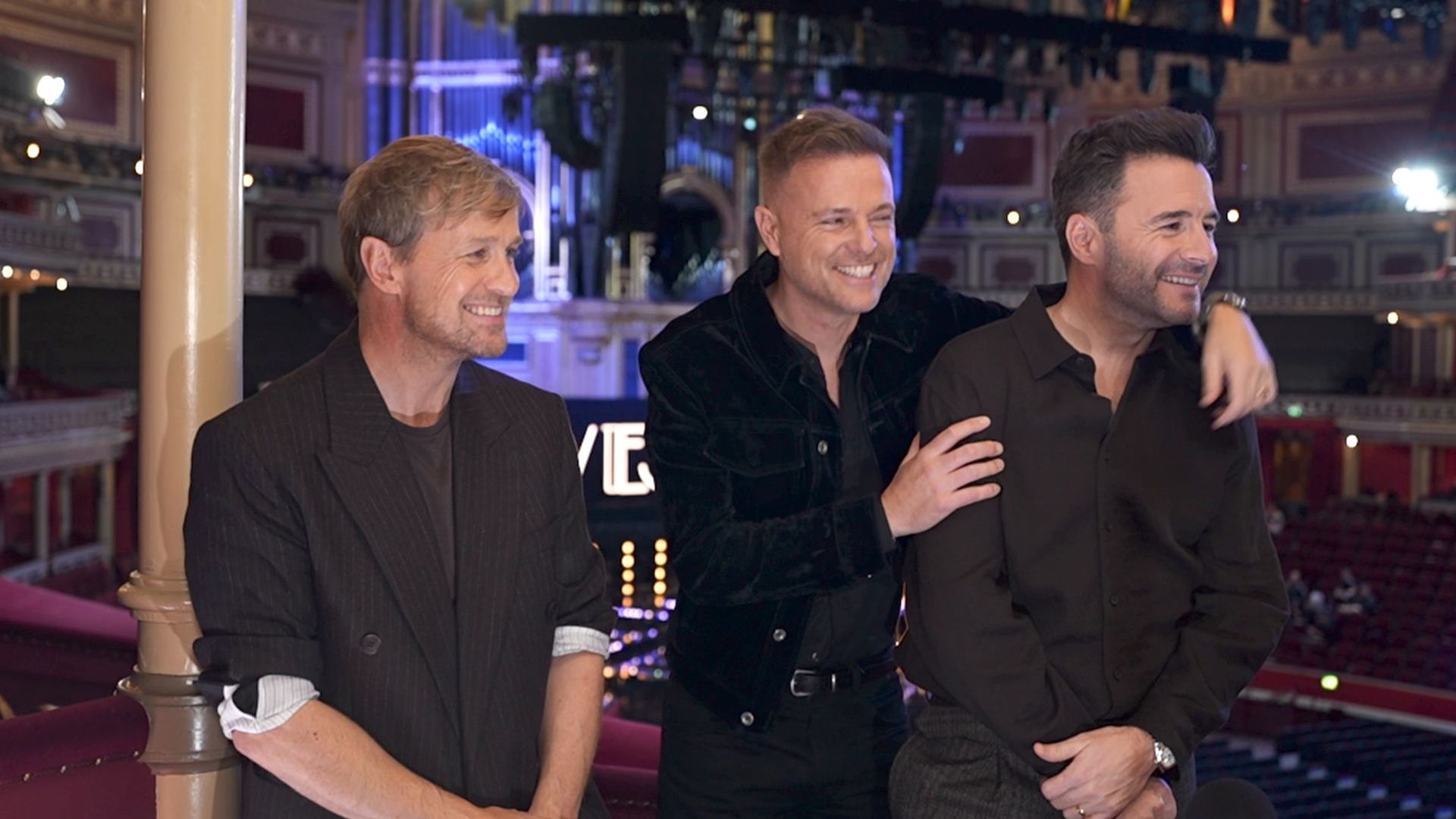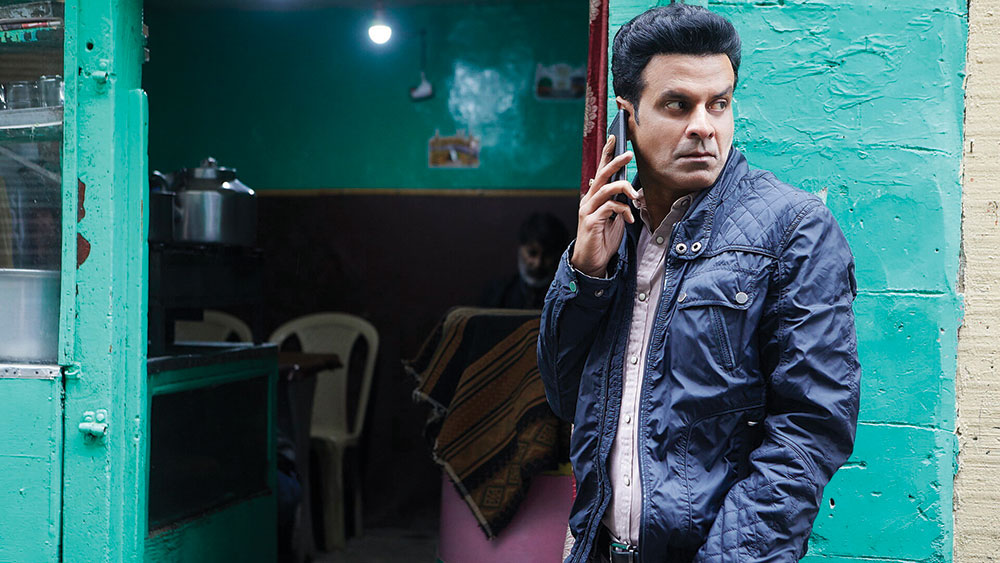Westlife’s Reunion: The Musical Revival That Divides Generations, Like Faith vs. Reason in a Fractured Society!
The boy band Westlife, a significant player in the pop music scene during the 1990s and early 2000s, stands at the forefront of a cultural conundrum as they celebrate 25 years of touring. Known for chart-topping hits and anthemic ballads, the band formed in 1998 and quickly became a household name in the UK and Ireland, creating a legacy that resonates with nostalgia among stalwart fans. As they return to the spotlight, the very essence of their reunion has ignited discussions that reach far beyond mere musical appreciation.
Westlife’s journey began with their debut single, “Swear It Again,” which topped the UK charts in 1999. Their harmonious blend of pop and soft rock, combined with polished choreography, captivated millions. Over the years, they released a series of best-selling albums, including “Westlife,” “Coast to Coast,” and “World of Our Own,” securing numerous awards and selling over 30 million records worldwide. Their sound, characterized by powerful vocal harmonies and emotional lyrics, positioned them as the quintessential boy band of the era.
However, as Westlife comes back, they do so at a time marked by shifting music consumption patterns. The rise of streaming services, changes in audience demographics, and differing cultural narratives prompt critical debates about the relevance of nostalgic acts in contemporary music. For many, the return of Westlife feels like a comforting throwback, a reminder of simpler times. Others, however, view it as symptomatic of a broader cultural stagnation. This divide echoes larger societal conversations about the importance of innovation versus the allure of nostalgia.
In examining Westlife’s impact over the years, it is essential to contextualize their music within the rapidly changing landscape of the entertainment industry. The late ’90s and early 2000s, despite being a golden age for pop, also witnessed a backlash against boy band tropes, hinting at a cyclical nature of musical appreciation. Critics of the boy band phenomenon often cited a lack of authenticity, criticizing pop acts as manufactured products rather than genuine musical artists. Yet, such critiques often fail to acknowledge the elaborate stagecraft and emotional resonance inherent in their performances.
Additionally, the rise of social media and digital platforms has drastically altered how music is consumed, making it easier for diverse and emerging artists to gain visibility. Whereas Westlife thrived in an era dominated by physical album sales and TV appearances, today’s artists find their footing through streaming hits and viral social media trends. This evolution begs the question: can a band like Westlife effectively compete in an ecosystem that prioritizes immediacy over artistry?
Taking a closer look at Westlife’s artistic output, their songs have served as a commentary on love, heartbreak, and the human experience, resonating with audiences during various life stages. As they embark on this celebratory reunion tour, fans are anticipated to relive those poignant moments, which may evoke mixed emotions—both joyous and bittersweet. For the younger generation, however, the significance of Westlife might be limited to a nostalgic curiosity, a mere glimpse into the music that their parents adored.
The reunion itself exemplifies the generational divide that surrounds nostalgia in today’s society. Whereas older fans revel in the sweet melodies and heartfelt lyrics, younger audiences are often more inclined towards contemporary pop and its sub-genres, which offer a fresh and relatable lens. This musical polarization is illuminating a broader dilemma—how do we reconcile cherished memories with the forward momentum of new cultural expressions? The answer is complex and varies from individual to individual.
In many ways, the conversation surrounding Westlife encapsulates a wider discourse on culture and identity. As society grapples with modern dilemmas, such as mental health, social justice, and personal expression, the need for artists to reflect contemporary issues is paramount. Critics of nostalgia argue that it can serve as a distraction from pressing societal matters, while proponents suggest that revisiting the past fosters a sense of unity and shared experiences among diverse demographics.
The question of who gets to define what constitutes good music is also pertinent. Westlife, despite being branded as a “boy band,” possesses a catalog that includes deeper themes, often mirroring societal sentiments of friendship and resilience. By engaging with their music, audiences have an opportunity to reflect both personally and collectively on their journeys through life, love, and loss.
Moreover, the commercial success of nostalgia-driven tours speaks volumes. Westlife’s reunion not only showcases the demand for remastered classics but also emphasizes the significant economic impact that veteran artists can have in today’s market. Merchandise, ticket sales, and media appearances create a robust revenue stream, drawing in not just long-time fans but also financially incentivizing the music industry to capitalize on nostalgia. This aspect leads to discussions regarding the ethics of nostalgia capitalism, as the industry frequently commodifies emotive connections to past experiences.
In conjunction with their reunion tour, Westlife’s ongoing exploration of contemporary music trends has further fostered debate. Collaborations with modern artists or attempts to merge their classic sounds with current musical styles signal their understanding of evolving tastes. This adaptability in artistry has been met with mixed reviews, raising questions about whether staying true to their original sound is more valuable than embracing change—a sentiment prevalent among their fanbase.
The dynamics within Westlife’s fandom also highlight the question of loyalty and connection. Long-term fans often possess a deep emotional resonance with the band’s music as it has accompanied them through pivotal life moments. In contrast, the potential for new fan engagement brings forth conversations about art’s purpose—does it exist solely for personal nostalgia, or should it also foster new interpersonal connections among diverse audiences?
As Westlife embarks on this particular chapter in their storied career, they find themselves navigating a crossroads rife with potential and pitfalls. The very act of reuniting underlines and exemplifies a broader cultural tension—between holding on to the past and moving towards an uncertain future. The ensuing discussions serve both as a testament to their legacy and as a reflection of our collective struggles regarding identity, cultural memory, and artistic evolution. The navigation of these themes will likely reveal insights not only about Westlife or music but also about society itself, as artists and audiences alike continue to grapple with the complexities of their coexistence.




